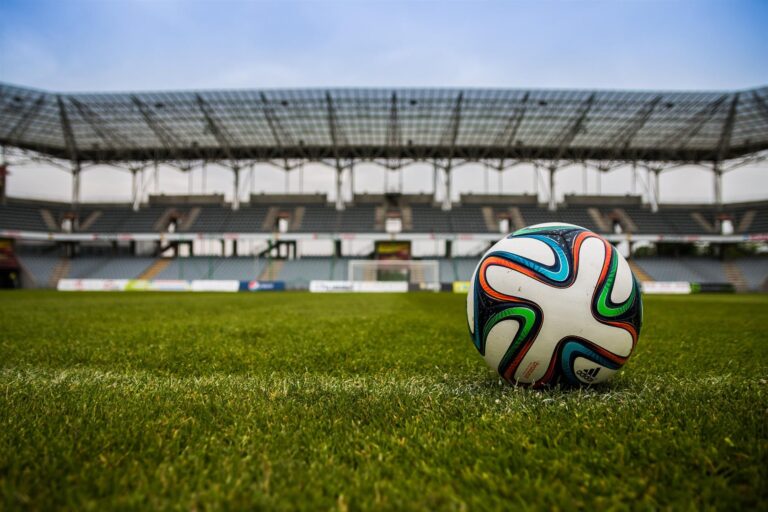The removal of physical barriers through technologies such as 5G will have a major impact on the entertainment industry, be it live sports, video games or even news.
To concretely understand what we’re talking about in a world of increasing data traffic and ever-increasing connected devices, let’s look at some concrete examples.
5G Sports Immersion
Football, basketball and even cycling are some of the use cases for 5G where the technology shows its potential in the world of sports.
Telefonica and Atletico Madrid We have developed a pioneering pilot experience for football at the end of the 2022/2023 season, which will offer an immersive experience thanks to 5G and virtual reality.
The group of fans watched the two matches at the Civitas Metropolitano (specifically the match between Osasuna and Real Sociedad) from different perspectives thanks to 360-degree cameras installed in the goals, the dressing room tunnel, the control room or in one of the stands.
In addition to 5G and its capabilities (such as low latency and high speeds) that enable transmission to the VR glasses, we must also consider the importance of optical fiber to transmit the video stream to the server, as well as the computation and combination of the video stream in the cloud.
basketball
already ACB Copa del Rey in Malaga In 2020, thanks to 5G and virtual reality glasses, spectators near the José María Martín Carpena Pavilion were able to watch the FB Barcelona vs Valencia Basketball match as if they were right there on the court.
As in previous cases, 360-degree cameras (one above the basket, one in the referee’s area and one below the basket to cover more angles) and the bandwidth and high-speed data transmission capacity provided by 5G meant that fans could feel as if they were watching the clash on the court.
cycling
As part of the 2018 edition, Vuelta Chiculista a Espanaand ahead of the stage start in Talavera de la Reina, former cyclist Pedro Delgado provided a practical demonstration of what low latency is and why it matters.
Delgado wore virtual reality goggles that prevented him from looking directly at the screen, and drove around the circuit thanks to a camera in his helmet sending images to edge computing that then sent those images back to the VR goggles.
It was precisely because of low latency that the dual Tour and Vuelta winner was able to navigate obstacles and complete the entire circuit as if he was watching it in person.
Games and video games: faster thanks to 5G
The virtual elimination of latency brought about by 5G technology Games and Video Games Industry.
As already mentioned above, this technology also has other benefits such as increased network speeds and improved bandwidth (more data and network capacity), resulting in a more uniform in-game network connection and thus a better performance and gaming experience.
All these advancements will also help popularize virtual reality (VR) and augmented reality (AR) gaming, delivering immersive experiences that are increasingly difficult to distinguish from physical reality.
5G News Broadcast
But it’s not just the entertainment world that benefits from this technological advancement. The news world is also benefiting. 5G Broadcasting It allows mobile units to cover events without having to move.
In addition, even if a sudden news event occurs, immediate coverage is possible as the director can remotely access the signal in real time with just a TV camera connected to the reporting location via 5G.
Therefore, thanks to 5G, live media broadcasting will become more efficient and flexible, in addition to reducing the costs and complexity of the infrastructure associated with these information connections.
Conclusion
The broadcasting of many different kinds of entertainment events, some live television broadcasts, and video game broadcasts will benefit from 5G technology, both from a logistical standpoint for the broadcast itself, and from a user experience standpoint.


